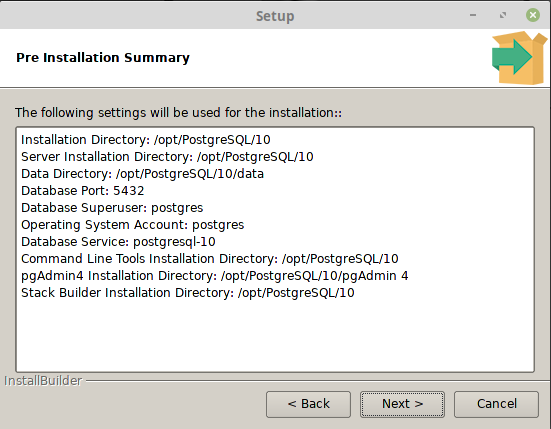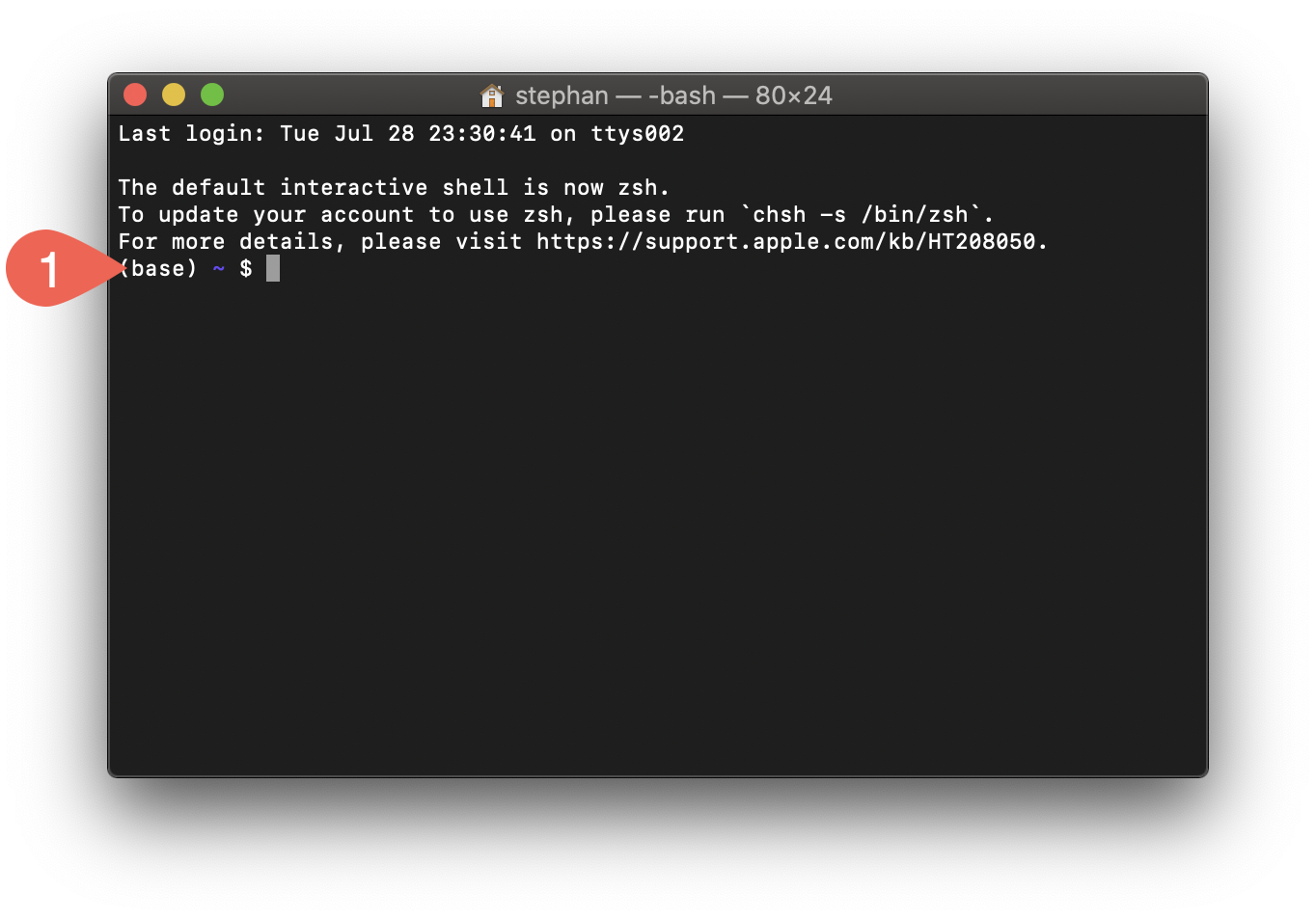

- #MINICONDA POSTGRESQL INSTALL HOW TO#
- #MINICONDA POSTGRESQL INSTALL INSTALL#
- #MINICONDA POSTGRESQL INSTALL UPGRADE#
- #MINICONDA POSTGRESQL INSTALL LICENSE#
- #MINICONDA POSTGRESQL INSTALL DOWNLOAD#
#MINICONDA POSTGRESQL INSTALL LICENSE#
Subject to the terms of this Agreement, Anaconda hereby grants you a non-exclusive, non-transferable license to:

("Anaconda") and governs your use of Miniconda. This End User License Agreement (the "Agreement") is a legal agreement between you and Anaconda, Inc. In order to continue the installation process, please review the licenseĪll rights reserved under the 3-clause BSD License: By default it will be installed in your home location. During the installation, it will ask you to Press Yes few times and set the installation path. Miniconda3-latest-Linux-x86_64.sh or bash Miniconda3-latest-Linux-x86_64.sh as shown below.
#MINICONDA POSTGRESQL INSTALL INSTALL#
Then to install miniconda you need to either run. chmod +x Miniconda3-latest-Linux-x86_64.sh To run Miniconda script, you need to make it executable by setting execute permission using chmod +x Miniconda3-latest-Linux-x86_64.sh command as shown below.

curl -o Miniconda3-latest-Linux-x86_64.sh
#MINICONDA POSTGRESQL INSTALL DOWNLOAD#
To install miniconda, you need to first download the latest Miniconda script by using below curl command. The following package was automatically installed and is no longer required:Ġ upgraded, 0 newly installed, 0 to remove and 0 not upgraded. Since in our case all the packages are already upgraded to the latest versions, it is not showing any further packages to upgrade.
#MINICONDA POSTGRESQL INSTALL UPGRADE#
If any of the system packages needs to be upgraded then run sudo apt upgrade command as well. Get:8 focal-security/main amd64 Packages This will sync your System packages with the latest available versions from Ubuntu repo.
#MINICONDA POSTGRESQL INSTALL HOW TO#
How to Install Miniconda on Ubuntu 20.04 LTS (Focal Fossa)Īlso Read: How to Install virtualenv on Ubuntu 20.04 LTS (Focal Fossa) Step 1: PrerequisitesĪ) You should have a running Ubuntu 20.04 LTS Server.ī) You should have sudo or root access to run privileged commands.Ĭ) You should have apt and wget utility available in your System.įirst you need to update all the packages in your System by using sudo apt update command as shown below. Here we will see the steps to install Miniconda on Ubuntu 20.04 LTS. It can be easily installed in Windows, Linux and macOS based systems. Once it is installed, you can use conda command to install any other packages and environments. Miniconda contains conda package manager and python. It is a small, bootstrap version of Anaconda that includes only conda, Python, the packages they depend on, and a small number of other useful packages, including pip, zlib and a few others. Miniconda is a free minimal installer for conda. See e.g.In this article, I will take you through the steps to install Miniconda on Ubuntu 20.04 LTS (Focal Fossa). If you don't have sudo permissions, installing postgresql via conda can be a good solution - it just means that initializing the database and keeping the server running becomes your responsibility instead of Ubuntu's responsibility. You are unlikely to need multiple postgres installations side by side.Ĭonda remove postgresql sudo apt install postgresql If you want convenience, then sudo apt install postgresql will be best for you - this is tailored for your Ubuntu version and you won't need to care about starting/stopping the server. it provides a simple way for, say, a python package to automatically install postgresql as a dependency on Linux, MacOS and Windows (which is great for developers).Īt the time of writing, however, it does not also provide an integration of the installed binaries into the service architecture of the operating system (which would depend even more on the details of the operating system). It just installs the necessary software.Ĭonda is a cross-platform package manager, i.e. How to fix this situation in the best possible way?Ĭonda does not install postgresql as a system service.When installing postgresql, is it good to install it in an environment on the first place, or is it better to use sudo apt install postgresql and have it installed on the server globally?.Why did the server not start on his own?.Now, I can find my way around and start the server eventually, but I don't understand how I got myself in this situation. Is the server running locally and acceptingĬonnections on Unix domain socket "/tmp/.s.PGSQL.5432"?įinally, when checking my running processes, there is nothing for postgres, so I guess that the server is not running at all. Then I ran only psql which yielded another error: psql: could not connect to server: No such file or directory Instead, when I run this command, I get: sudo: unknown user: postgres My understanding is that the postgres server should start automatically, so when I run sudo -u postgres psql I will log in as user postgres. Now I have postgresql 11.2 installed only in my environment. I installed postgresql by typing conda install postgresql in my conda environment.


 0 kommentar(er)
0 kommentar(er)
